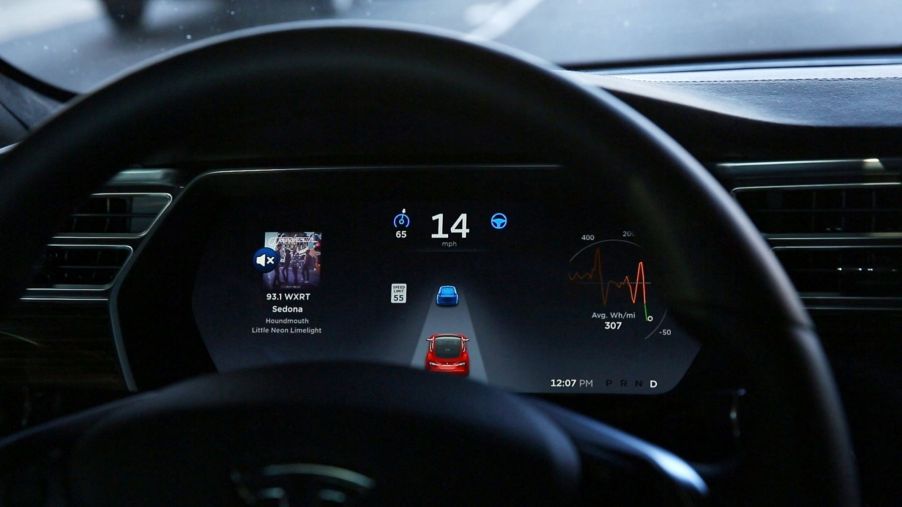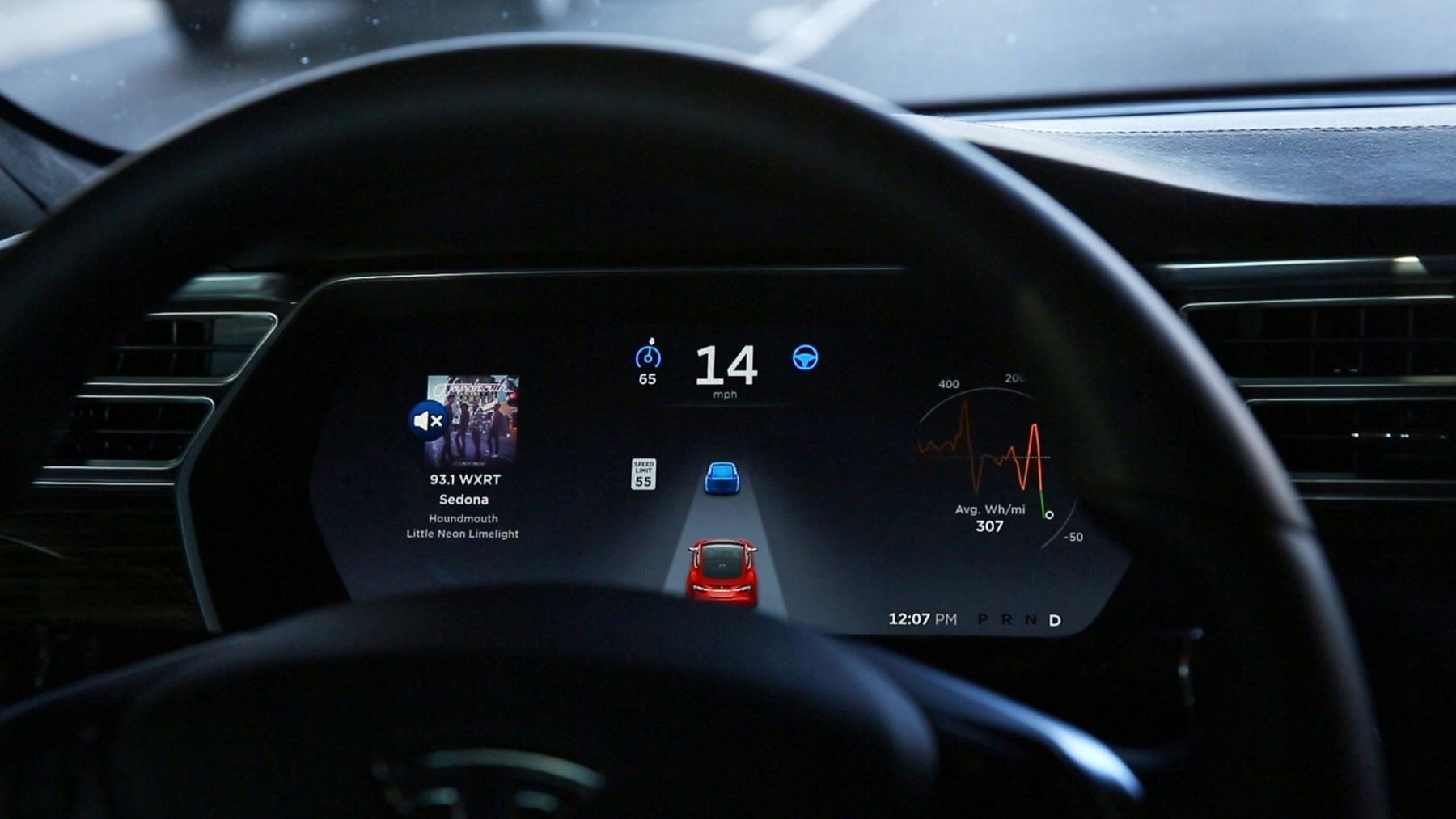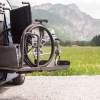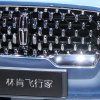
AAA Calls Tesla’s Driver Monitoring System ‘Inferior’: ‘The Last Thing We Want Are Ineffective Features in the Hands of Uninformed or Overconfident Drivers’
Tesla and car safety features continue to be the hot topic of conversation these days. As driver-assistance technology keeps innovating, the industry opinions roll in about pros and cons. Some suggest that certain features will make drivers lazy and overconfident, increasing risks and accidents instead of safety.
AAA weighs in on this conversation about driver monitoring technology. Speaking specifically to Tesla’s driver aids, the automotive group warns consumers about potential risks. Could it be more about an attraction to shiny new tech and less about car safety?
New cars are becoming increasingly automated

Most everyone agrees that innovation in car safety is a good thing. Vehicles have certainly come a long way since basic seatbelts. Now with autonomous driving monitoring technology, drivers can rely on a backup series of AI, cameras, and sensors for safe driving.
Still, there are varying levels of autonomous driving technology. Level 1 aids, for example, offer very little autonomy at all, capable of controlling braking and accelerating. So-called self-driving cars with Level 2 autonomy are what most of today’s vehicles have onboard. Tesla’s self-driving software falls into this Level 2 category. These enhancements include steering technology. Then there are Level 3 autonomous driving cars in the works but not yet produced. These will provide even more guides requiring even less driver attention to the road.
What AAA says about Tesla’s self-driving technology
While all these driver monitoring enhancements are intended to improve car safety, there are warnings surfacing, including one from the American Automobile Assocation (AAA). AAA conducted real-world testing on some of the latest driver monitoring systems to gauge effectiveness. Its research indicates the steering wheel-based tech, like with Tesla models, is not foolproof and can be easily cheated by the driver.
Greg Brannon, the director of AAA’s automotive engineering and industry relations, is quoted in the AAA newsroom as saying “the key to a safe active driver assistance system is effective driver monitoring.” He goes on to say, “effective driver monitoring can’t be easily tricked.” He admits that “vehicle technology has the potential to improve roadway safety,” but he warns that “the last thing we want are ineffective features in the hands of uninformed or overconfident drivers.”
The AAA research findings serve as a warning to consumers interested in buying Tesla models or others with these driver monitoring systems. Camera-based systems can alert drivers 50 seconds sooner than steering-wheel-based systems. Camera-based tech presented higher percentages of driver engagement, too. Additionally, both types of systems failed to disable, even upon multiple driver warnings of inattentive driving behavior.
Pros and cons of autonomous and self-driving features
Autonomous driving technology and monitoring systems are here. Still, we’re not quite in The Jetsons territory yet. As Auto Insurance Center points out, most vehicle accidents are a result of human error and not faulty mechanics. So, it makes sense that many of these driver monitoring systems are great for correcting or alerting drivers of mishaps.
Some benefits include automatic braking and sensors correcting lane departures. Distracted drivers can use these features to help alert and prevent accidents. Steering-wheel-based driver aids, like with Tesla models, are great for tracking steering wheel movements and correcting, when necessary, minor deviations. As the data demonstrates from AAA, the camera-based systems offer far better response times and alert notifications.
If consumers assume these tech systems can take full responsibility behind the wheel, it could be dangerous. These systems respond to hands off the steering wheel, head up but gazing downward. Unfortunately, drivers can circumvent the tech by positioning their heads with occasional steering wheel input but not driving attentively.
This latest AAA research only points to a growing thread in the conversation around Tesla and its driver monitoring system innovations. While car safety tech improves, there should still be a word of caution to anyone excited to buy these cars. You’ll have the latest software to help keep you alert behind the wheel. However, there is no system out there that can replace a careful driver’s keen and watchful eye.


